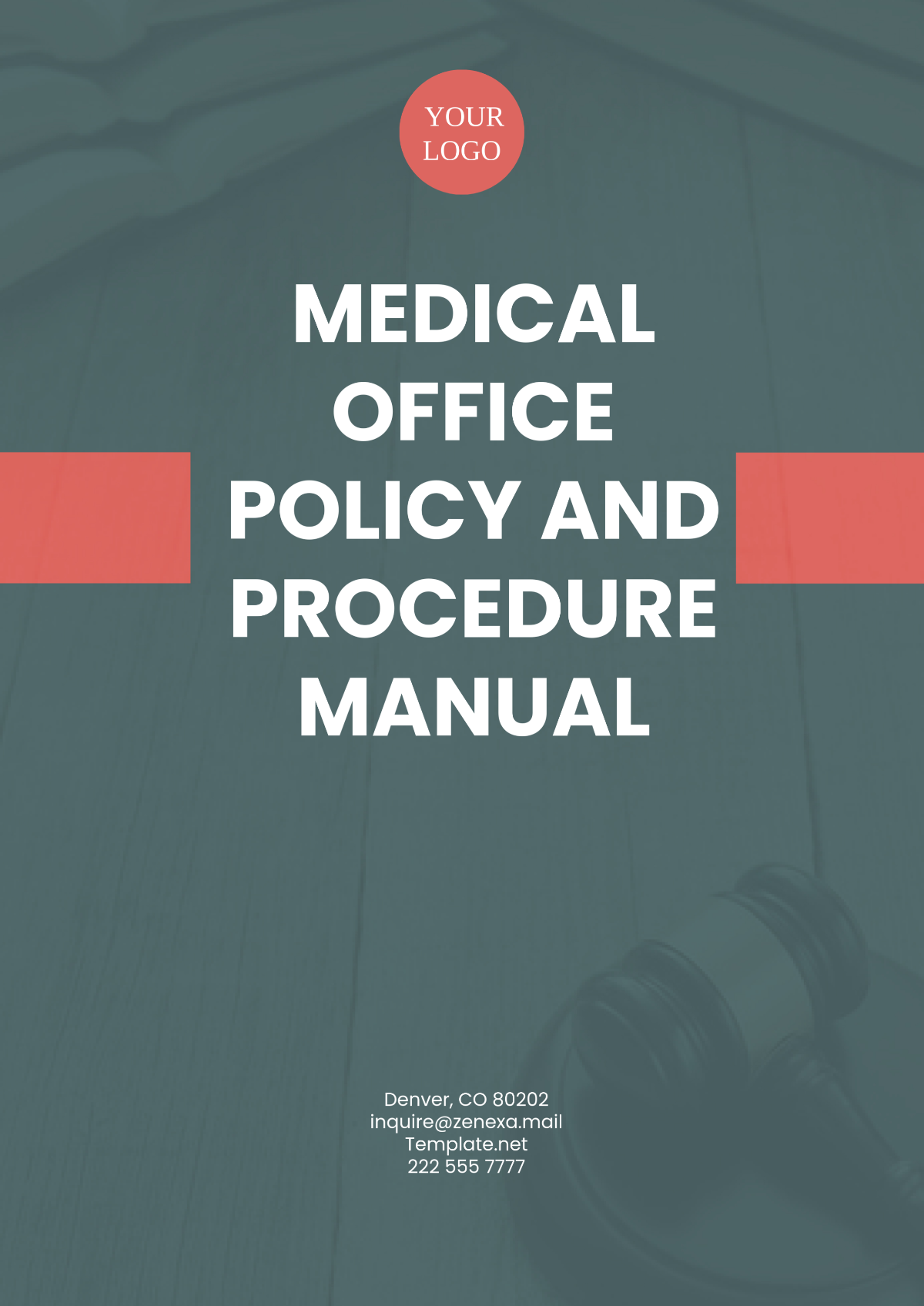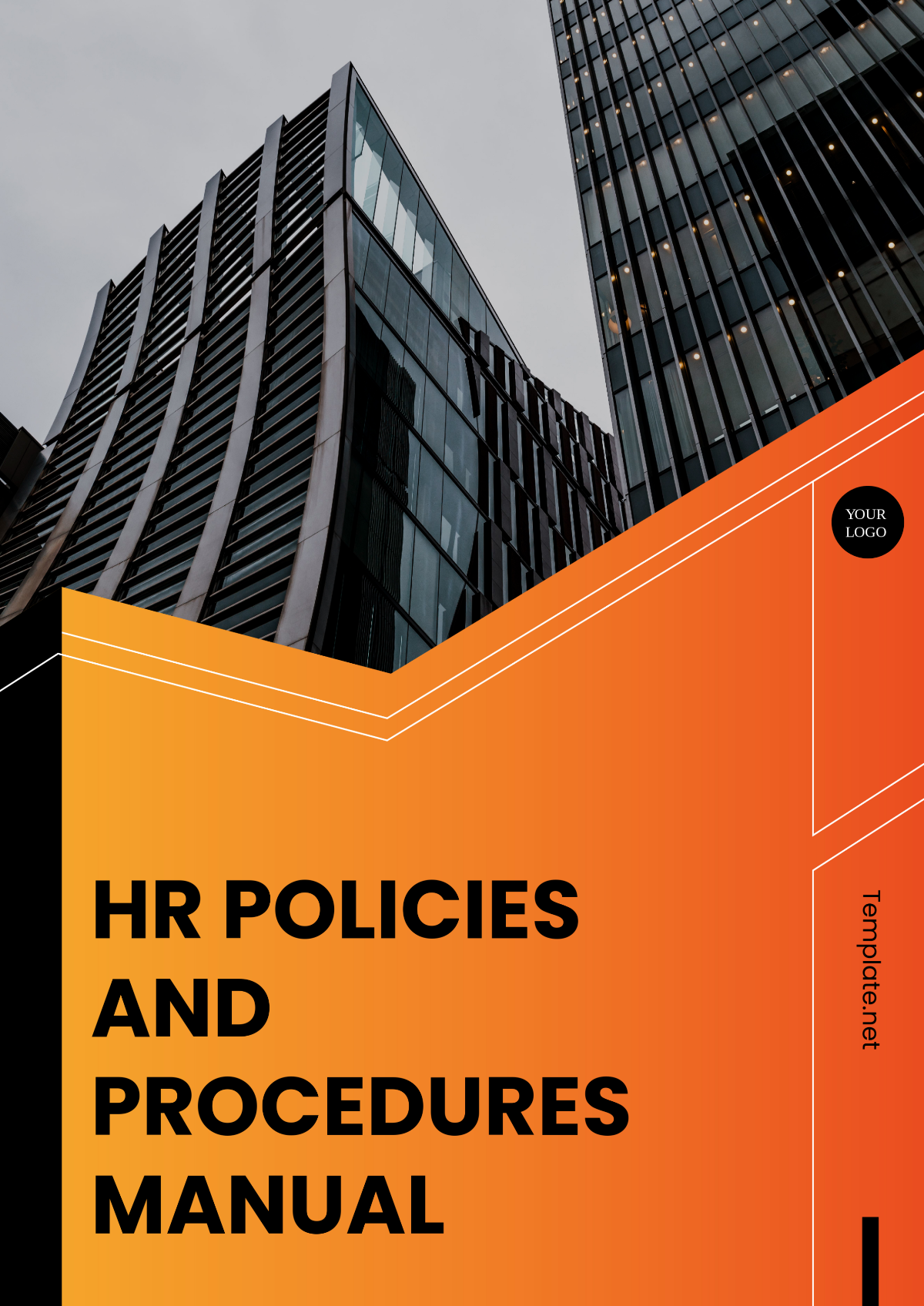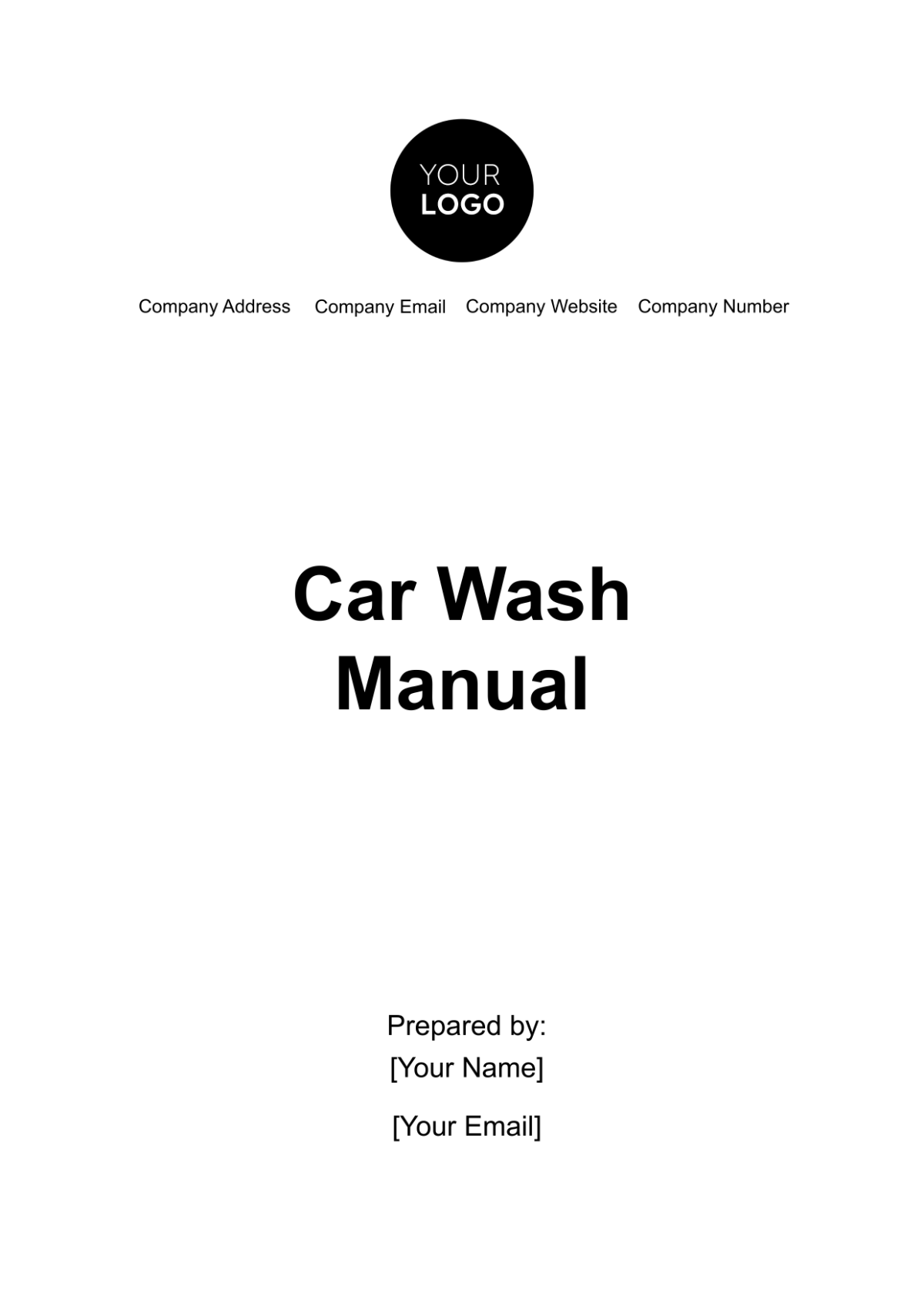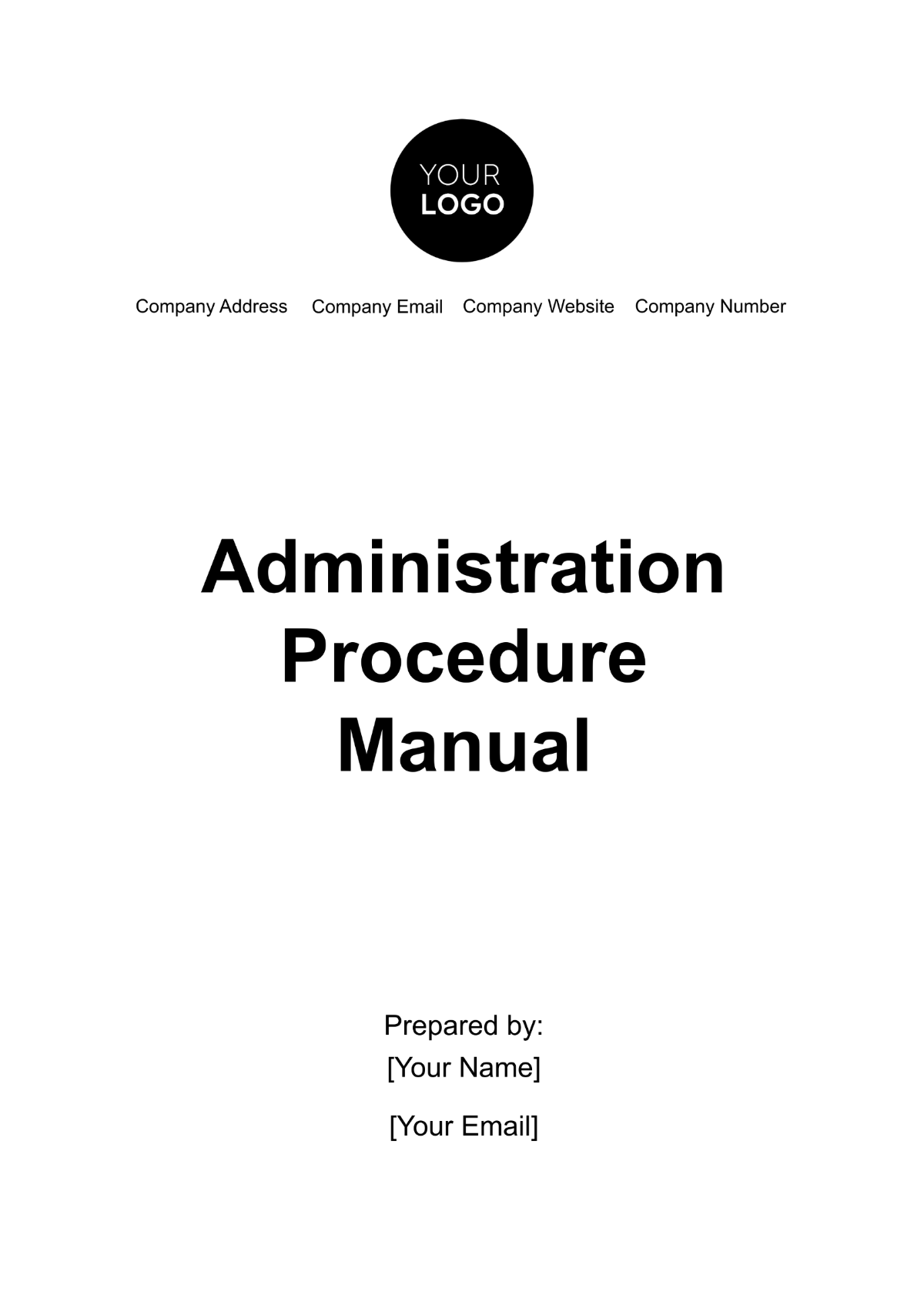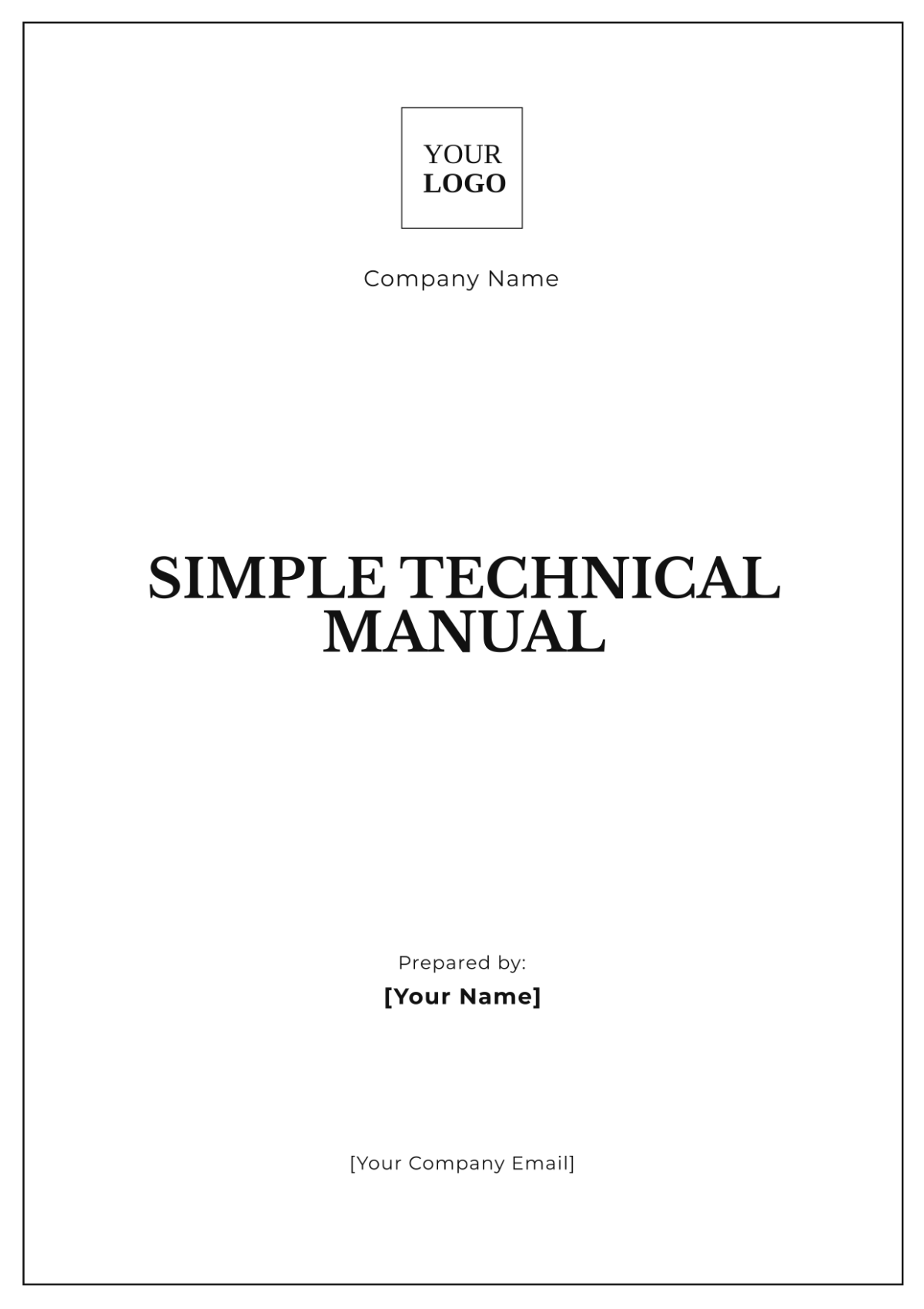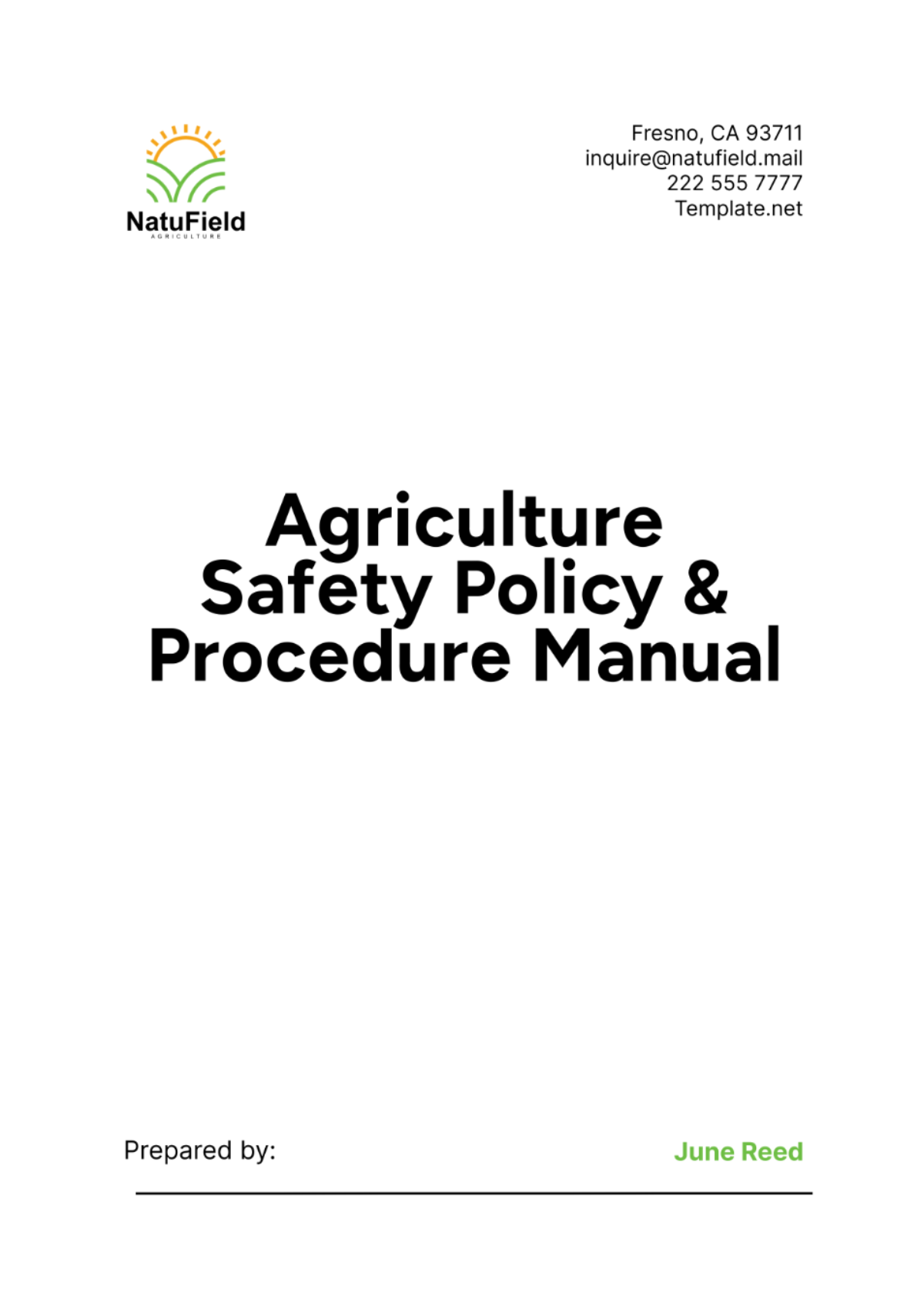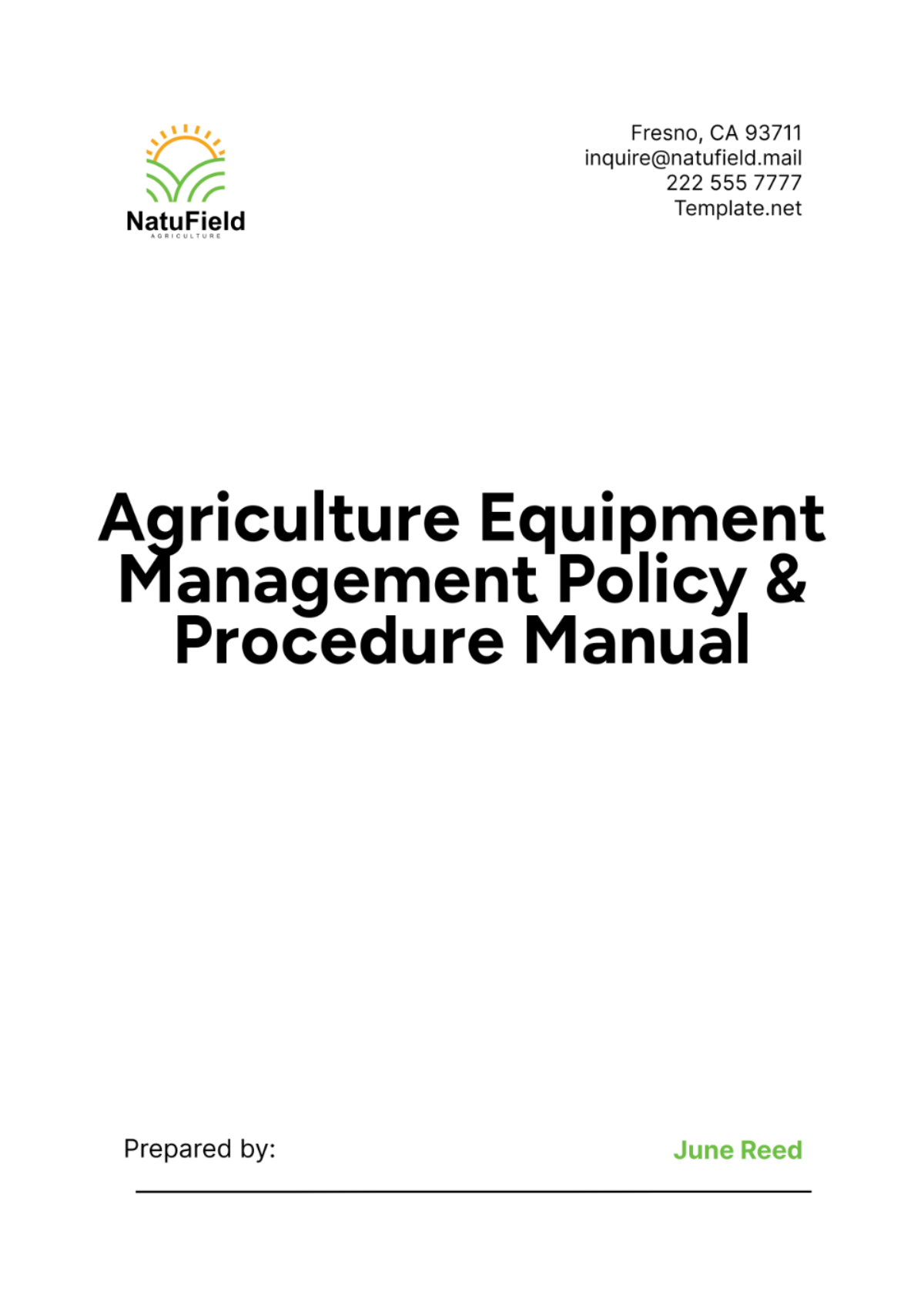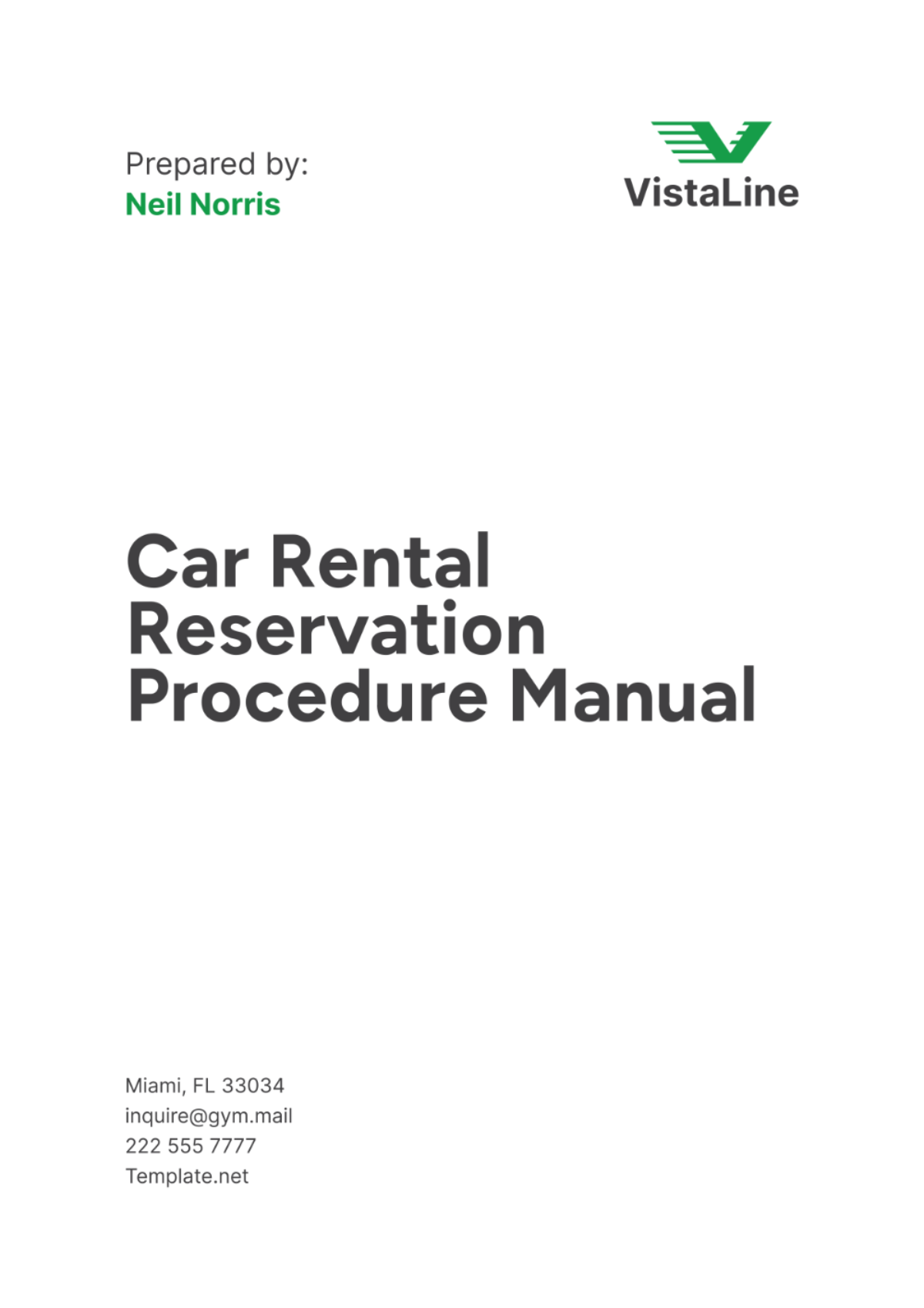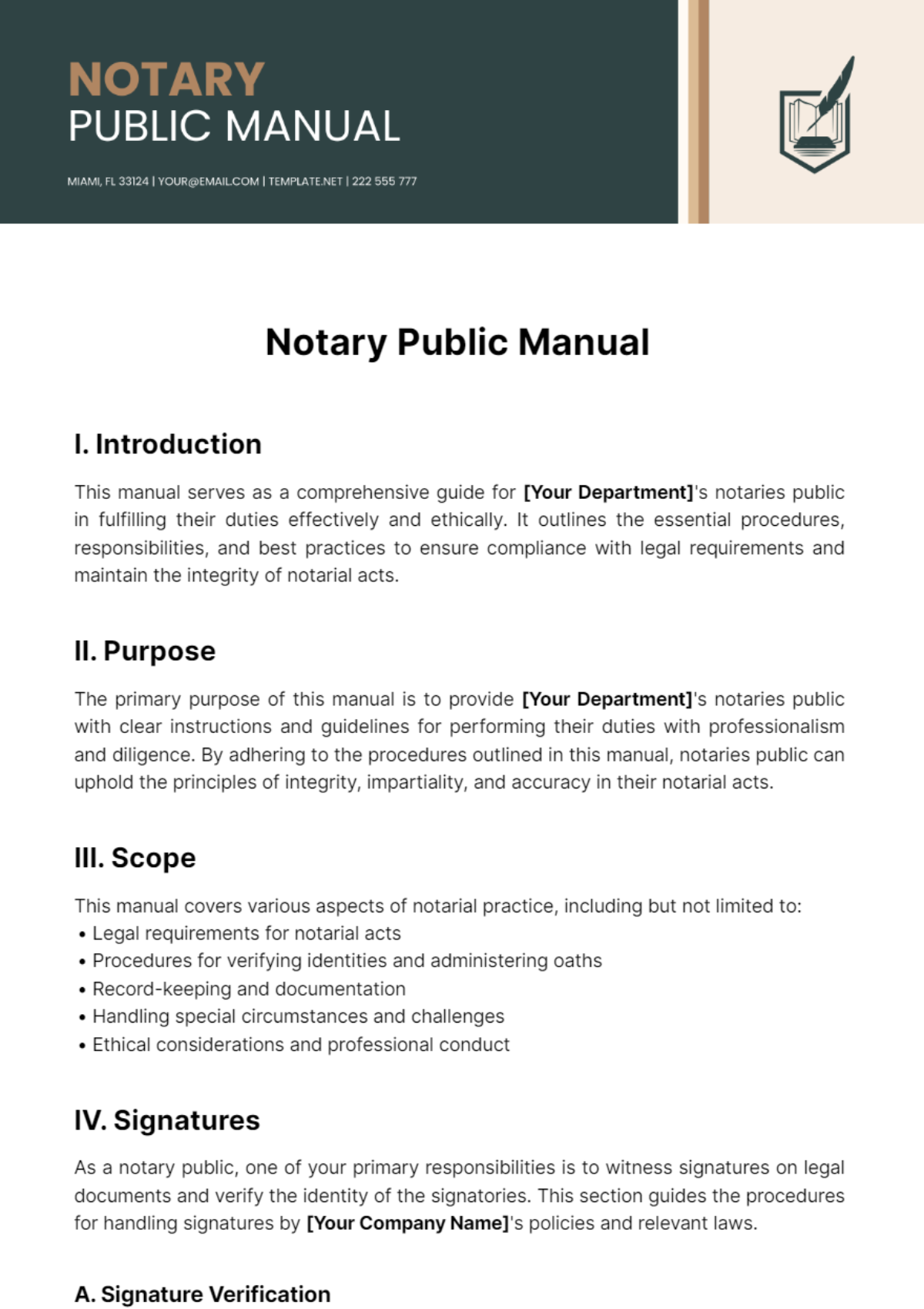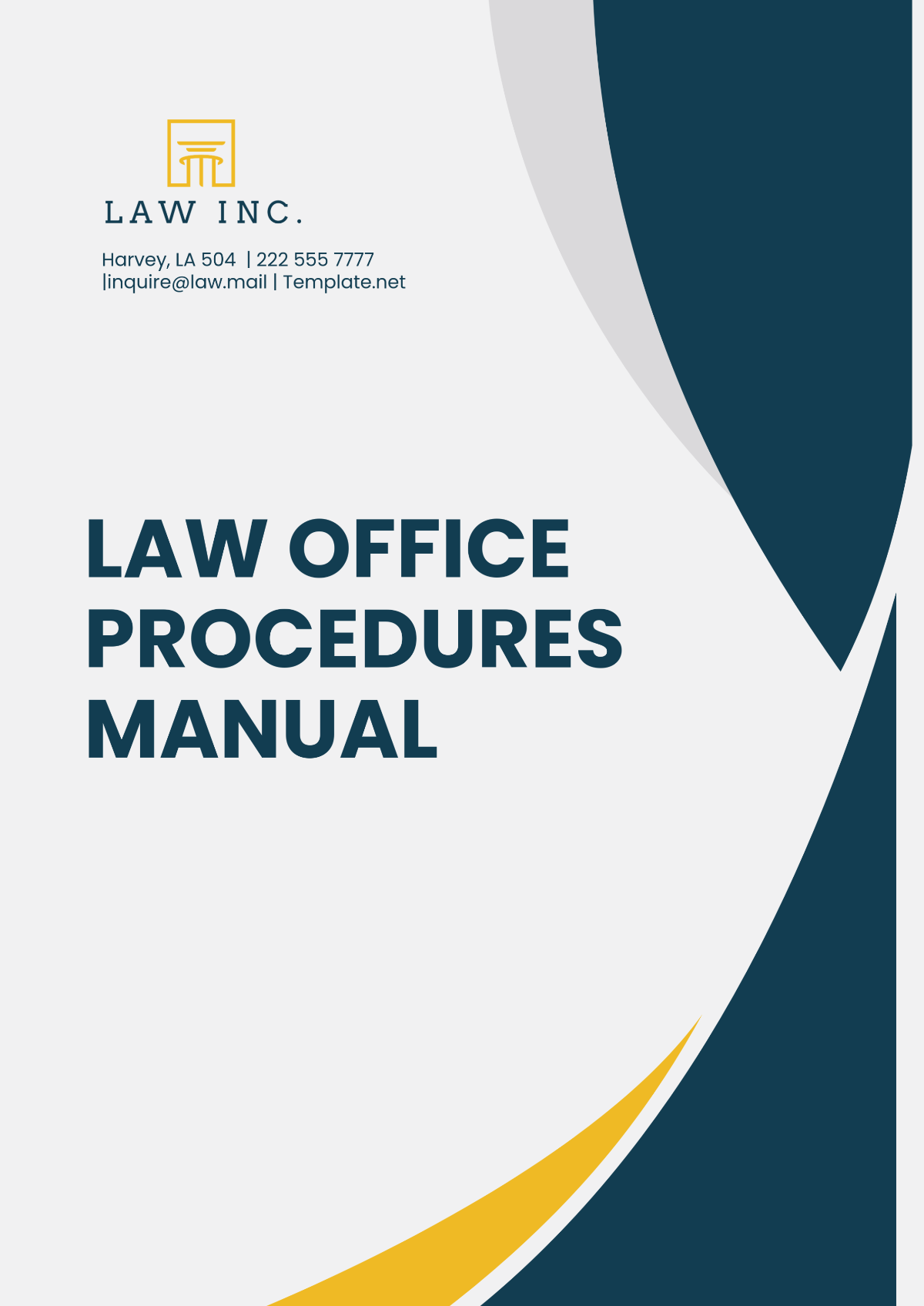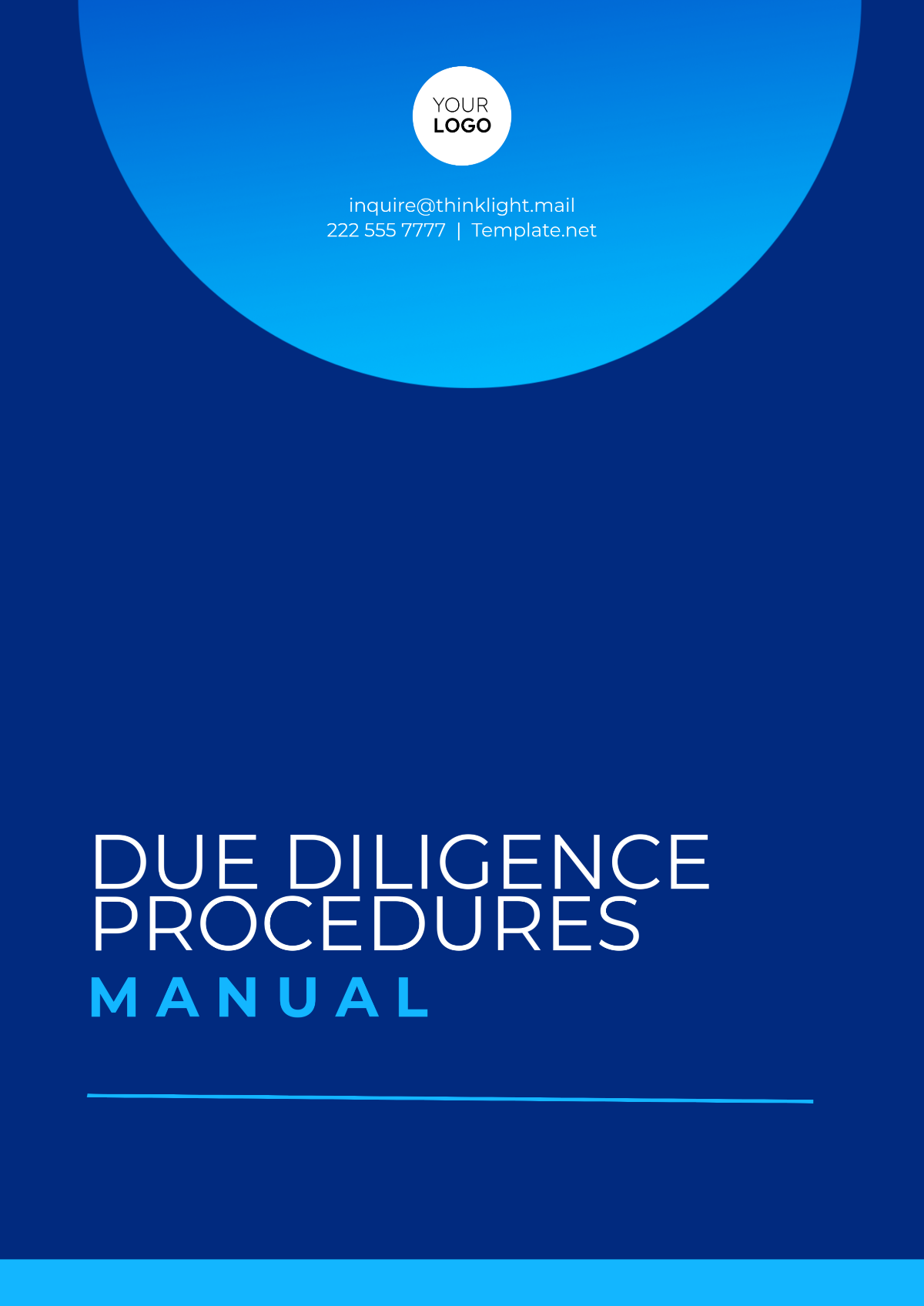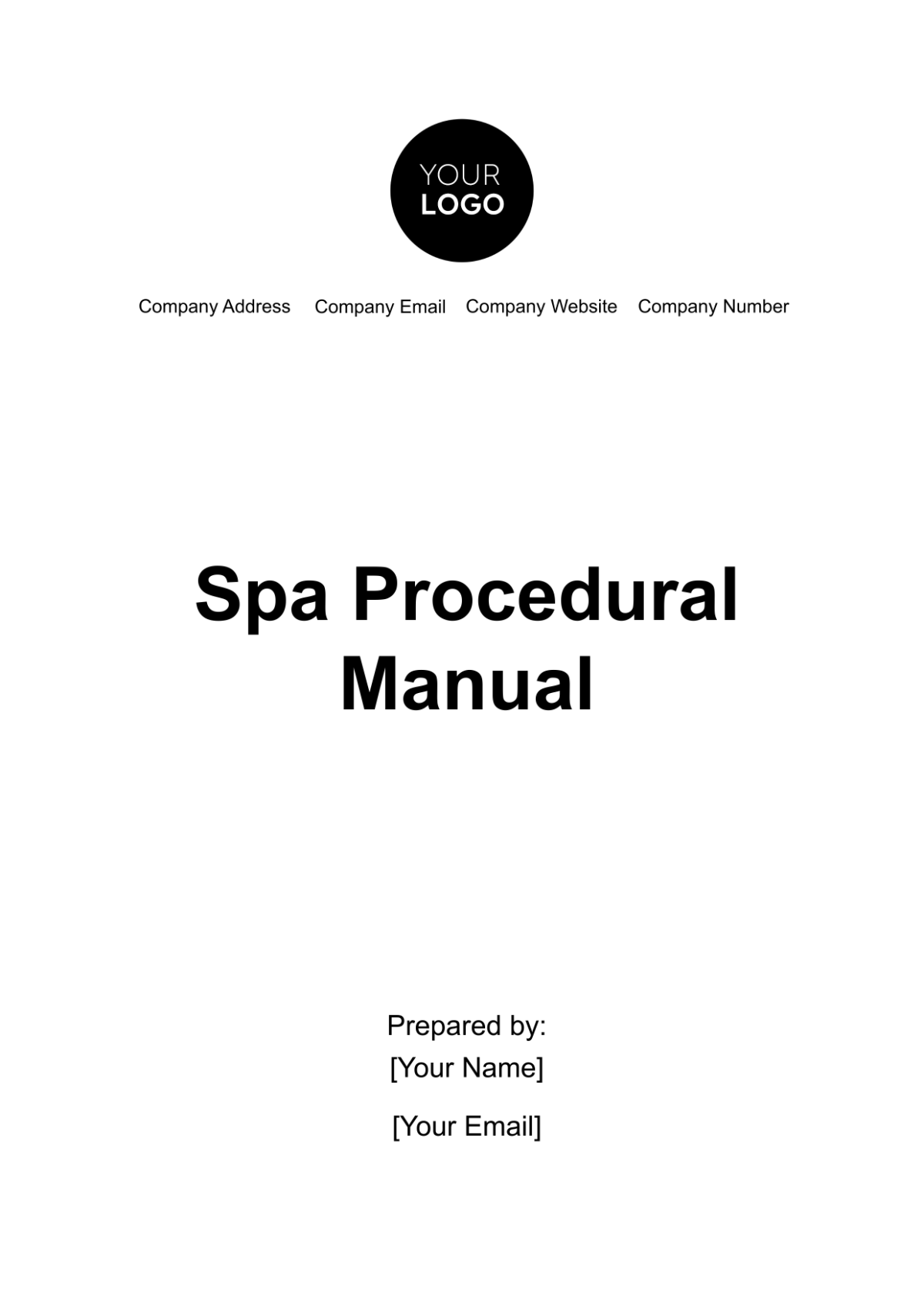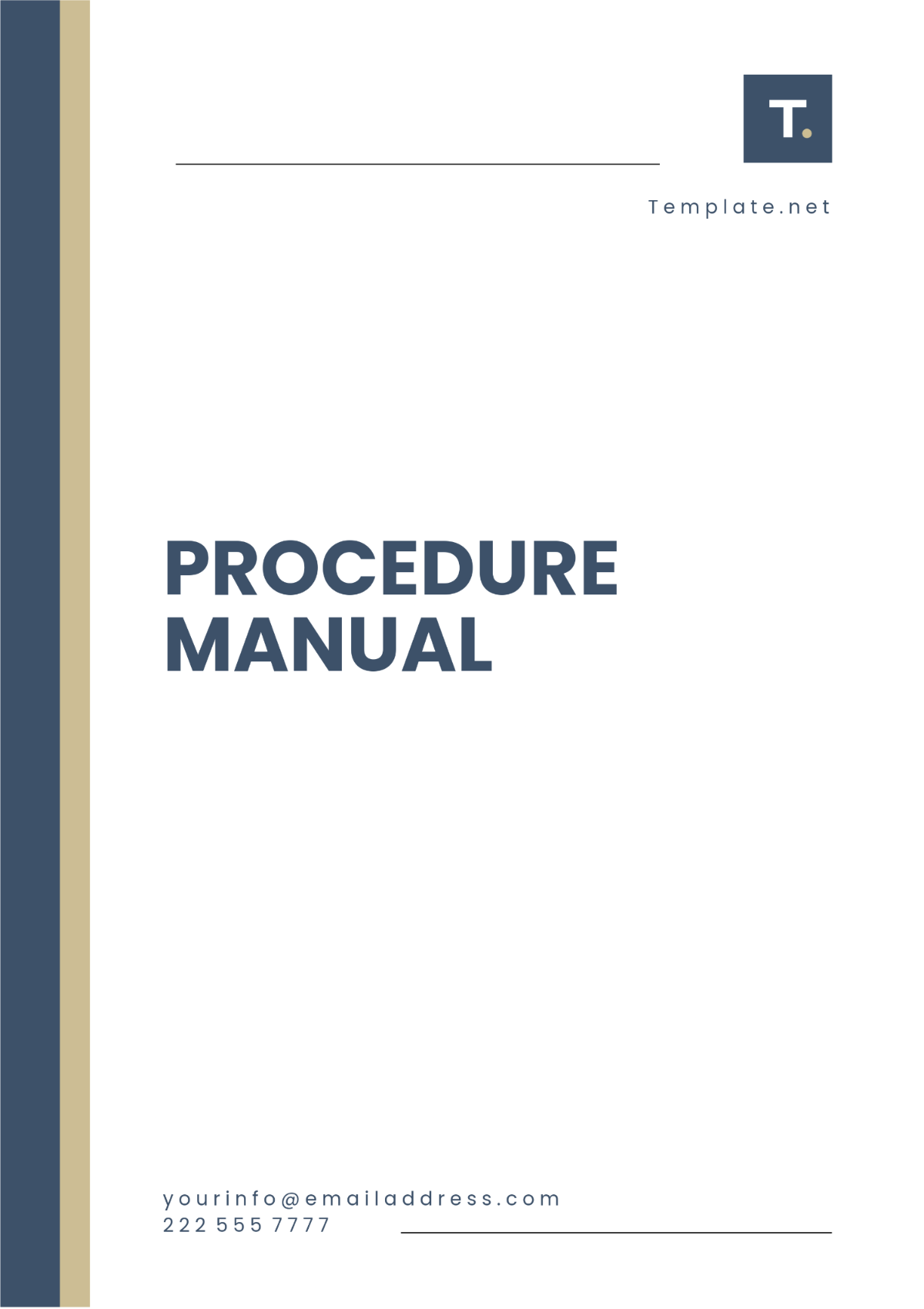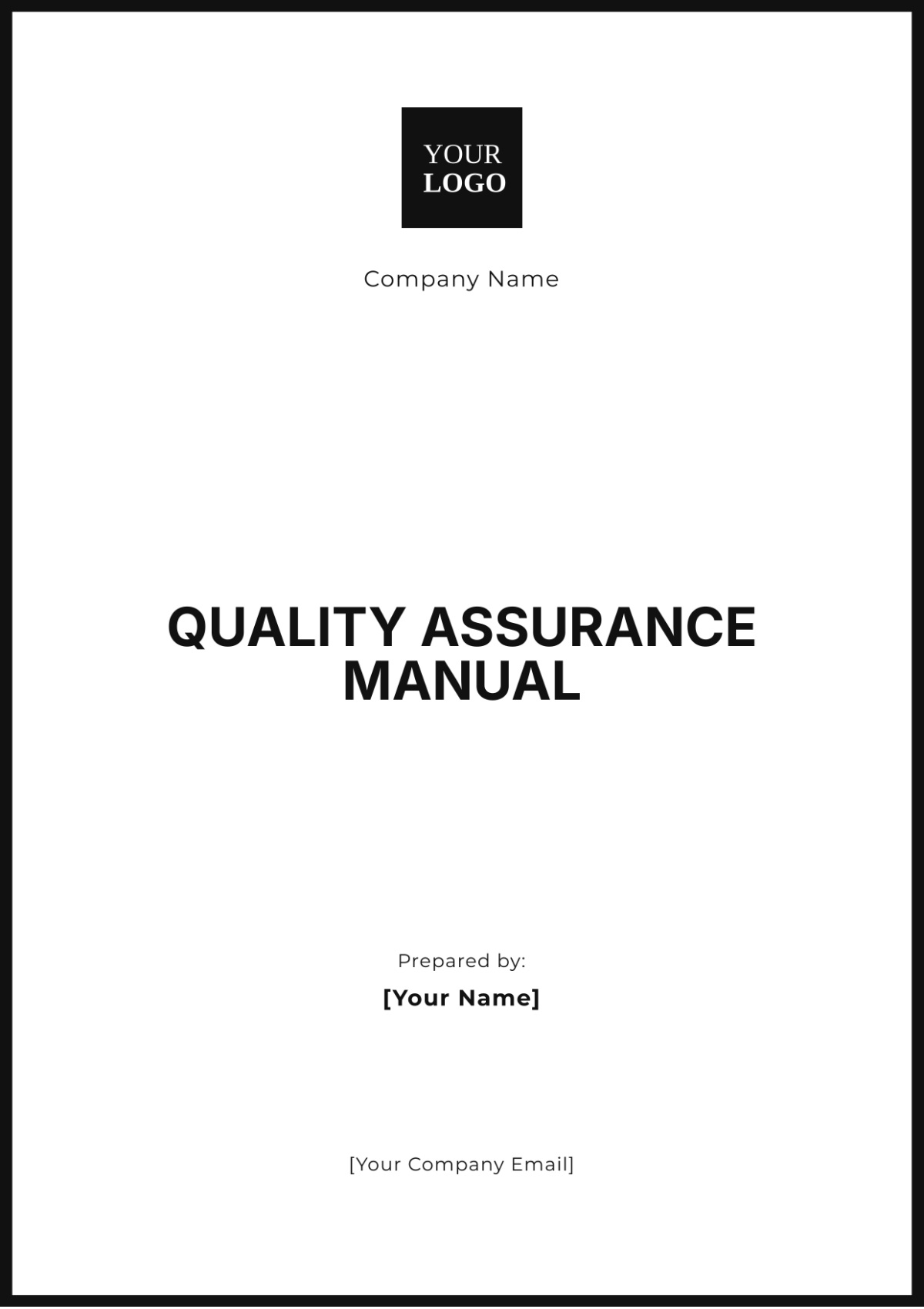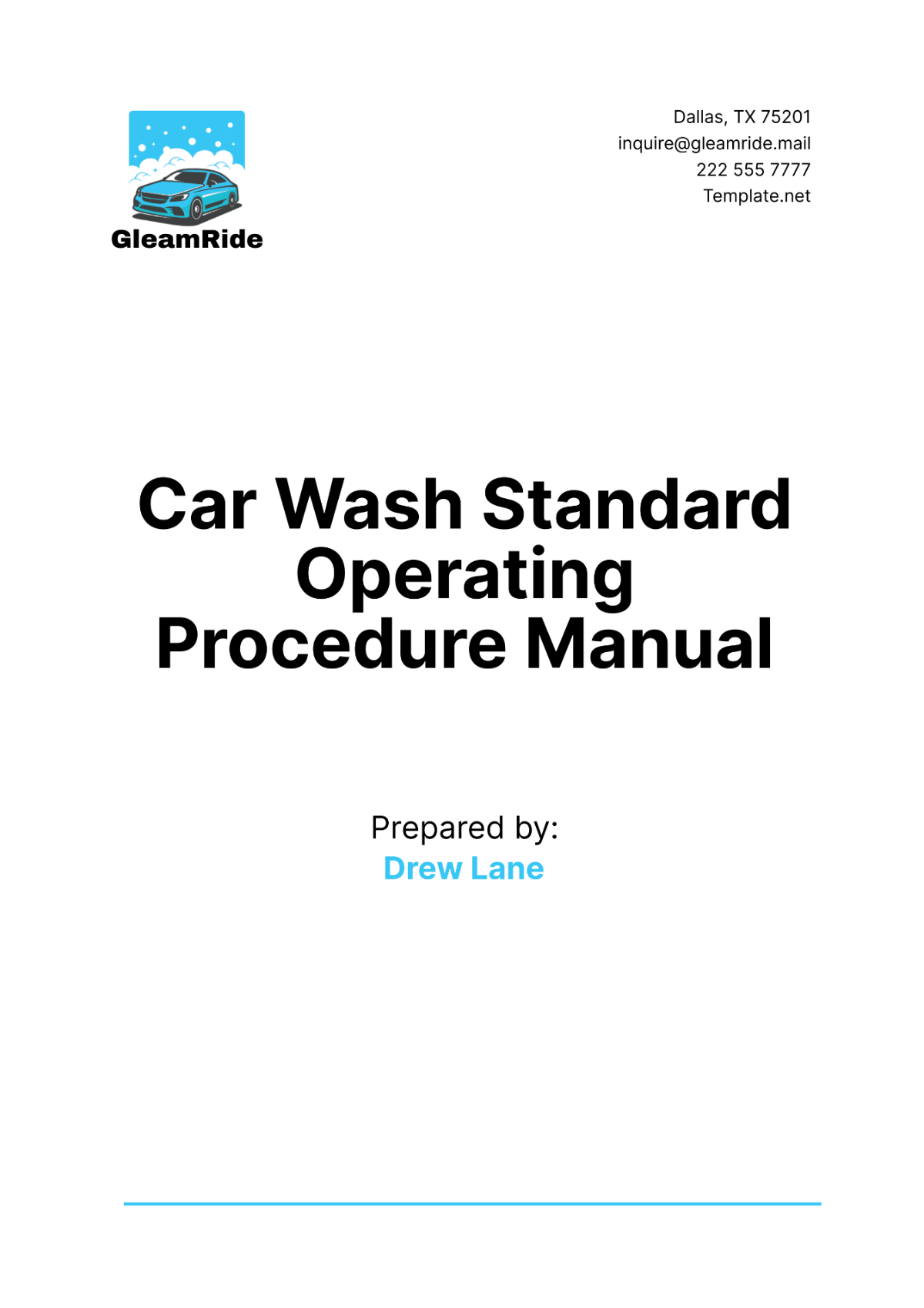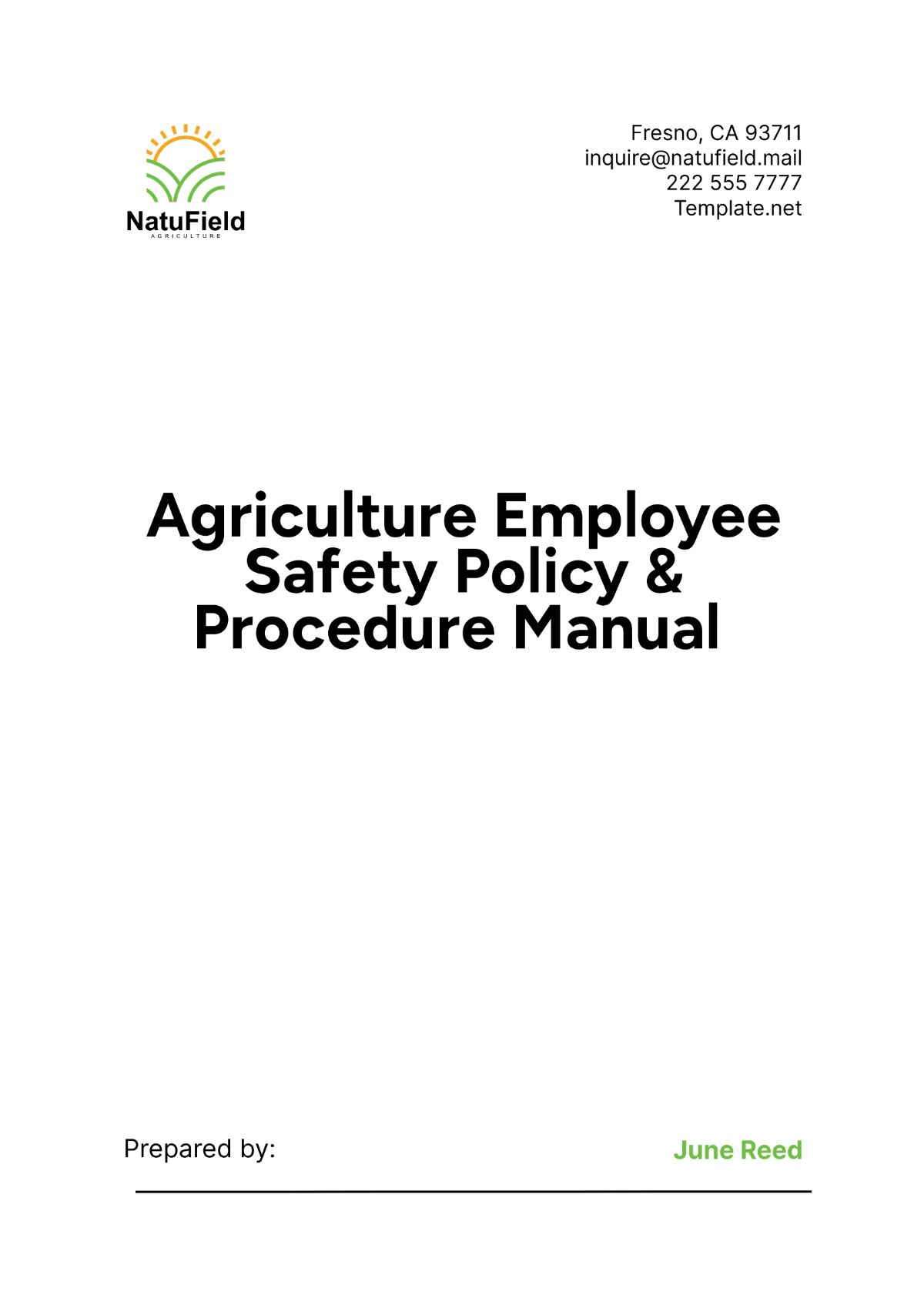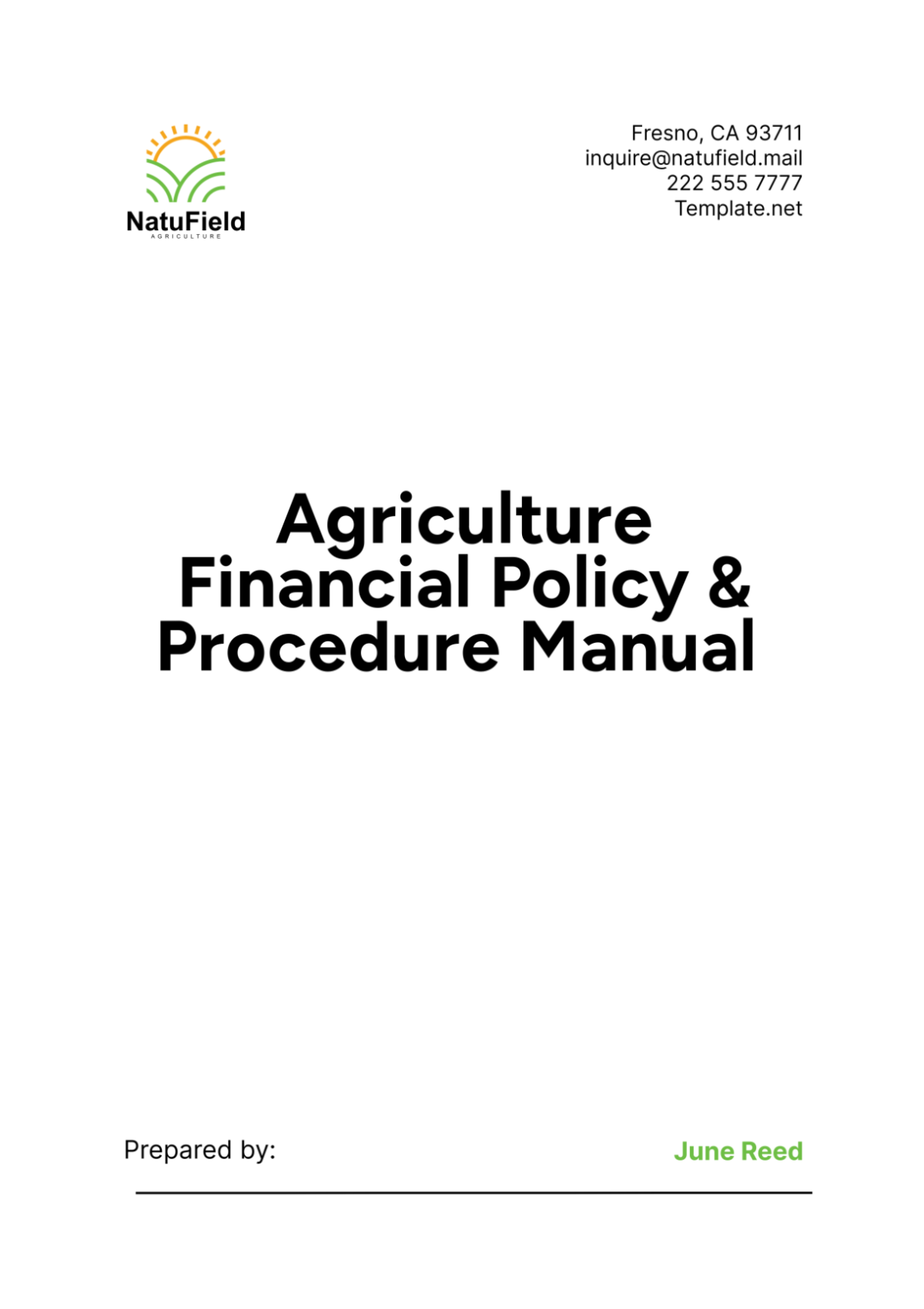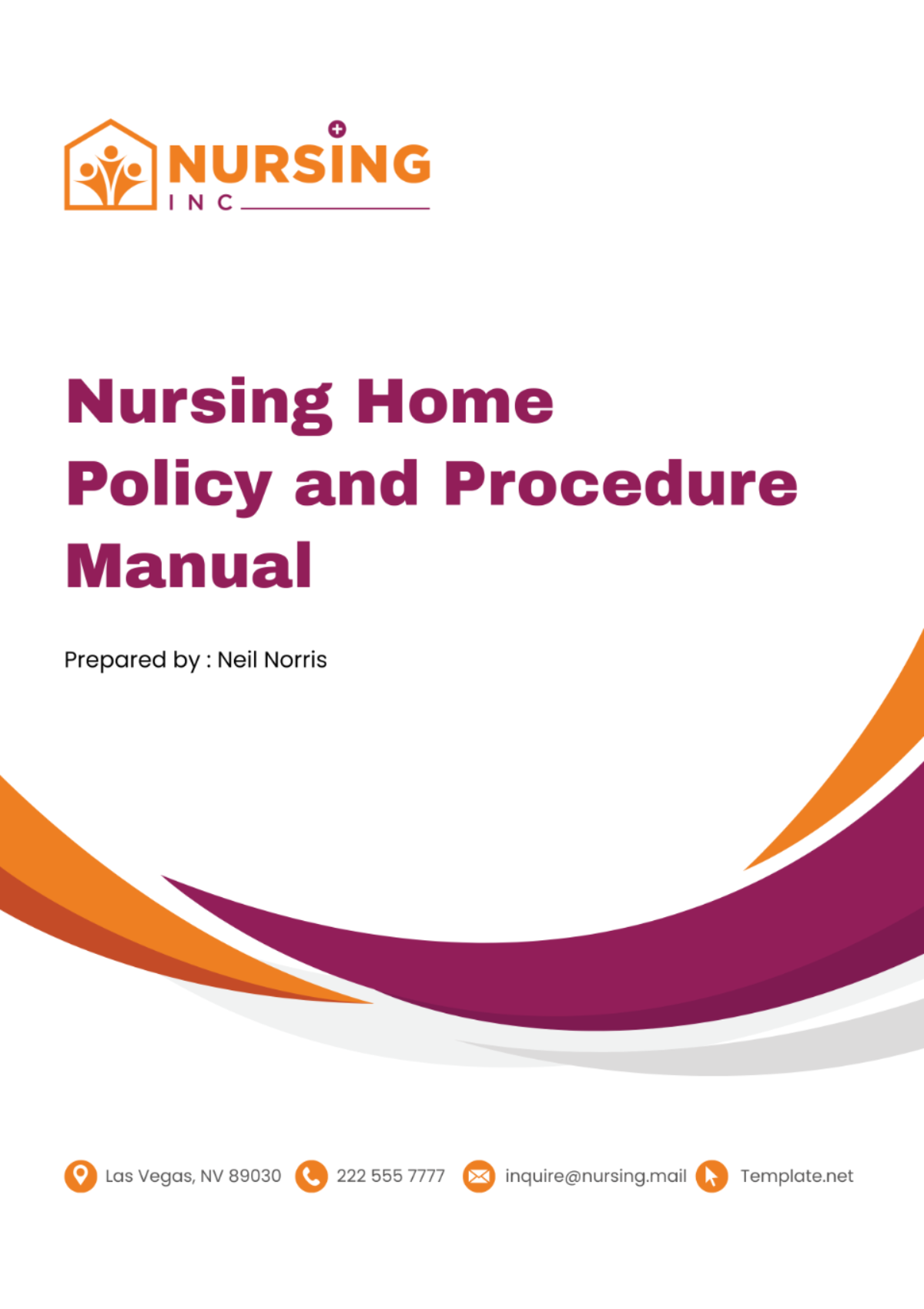Internal Audit Accounting Procedures Manual
I. Introduction
Purpose of Internal Audit
The purpose of the Internal Audit function extends beyond a mere compliance check. It aims to provide an independent and objective evaluation of an organization's operations, risk management processes, and internal controls. This helps in providing assurance to stakeholders, including the board, management, and external parties, regarding the effectiveness of governance structures, risk mitigation efforts, and the overall control environment.
II. Scope and Objectives of Internal Audit
The scope of internal audit extends far beyond financial matters, encompassing the entirety of the organization's operations. From evaluating the efficiency of operational processes to ensuring compliance with regulatory requirements, internal audit acts as a strategic partner in enhancing overall organizational resilience.
The primary objectives of our internal audits include promoting efficiency, scrutinizing risk management strategies, and ensuring compliance with industry regulations and accounting standards.
Moreover, audits aim to provide assurance to stakeholders that the organization is financially sound and transparent in its reporting.
III. Organizational Structure
The organizational structure of the Internal Audit Department is designed to foster efficiency, independence, and accountability.
Chief Internal Auditor
The Chief Internal Auditor is the head of the Internal Audit Department and holds ultimate responsibility for the department's effectiveness. Responsibilities include developing the annual audit plan, overseeing audit execution, and presenting findings to executive management and the Board. The Chief Internal Auditor plays a pivotal role in maintaining the department's independence and objectivity.
Audit Managers
Audit managers are responsible for supervising audit engagements, ensuring that audit plans are executed effectively, and overseeing the work of audit teams. They collaborate with the Chief Internal Auditor to develop risk-based audit plans and contribute to the continuous improvement of audit processes.
Senior Auditors and Audit Staff
Senior auditors and audit staff perform the hands-on work of the Internal Audit Department. They conduct fieldwork, collect and analyze data, and document findings. Senior auditors may also be responsible for leading specific audit segments, while audit staff contribute to the overall audit process under the guidance of more experienced team members.
IV. Audit Planning and Risk Assessment
Annual Audit Plan
The annual audit plan serves as a roadmap for the Internal Audit Department, guiding its activities for the year. This plan is developed based on a comprehensive risk assessment and takes into account the organization's strategic goals and objectives. The audit plan is a dynamic document, subject to adjustments based on emerging risks or changes in organizational priorities.
Risk-Based Approach - The annual audit plan is developed using a risk-based approach, which involves identifying and assessing risks that could impact the achievement of organizational objectives. The risk assessment process considers internal and external factors, allowing the Internal Audit Department to prioritize audits in areas with the highest risk exposure.
Alignment with Organizational Goals - To ensure the relevance and effectiveness of the annual audit plan, it is crucial to align it with the organization's strategic goals and objectives. This alignment enables the Internal Audit Department to provide assurance on the critical areas that could impact the organization's success.
Risk Identification and Assessment
Risk identification and assessment are integral parts of the audit planning process. This involves a systematic approach to recognizing potential risks and evaluating their impact on the organization.
Risk Categories
Risk Category | Description |
|---|---|
Financial Risks | Risks related to the organization's financial stability, including market fluctuations, liquidity, and credit risks. |
Operational Risks | Risks associated with day-to-day operations, such as process failures, system breakdowns, and supply chain disruptions. |
Compliance Risks | Risks arising from non-compliance with laws, regulations, and internal policies. |
Strategic Risks | Risks related to the organization's long-term goals, such as changes in market trends, competitive landscape, or technological advancements. |
Risk Assessment Tools
Tool | Description |
|---|---|
Risk Matrix | A visual representation that assesses the likelihood and impact of risks, categorizing them as low, medium, or high risk. |
Heat Map | A graphical tool that uses colors to represent the magnitude of risks, with red indicating high risk, yellow for medium risk, and green for low risk. |
Scenario Analysis | A technique that evaluates various scenarios and their potential impact on the organization, helping to identify and prepare for different outcomes. |
V. Internal Audit Process
Internal auditing is a systematic, disciplined approach to evaluate and improve the effectiveness of risk management, control, and governance processes. The internal audit process consists of several key stages designed to provide assurance and consulting services to the organization.
Phase | Objective | Procedures |
|---|---|---|
Planning Phase | Define the scope, objectives, and resources required for the audit. | Conduct risk assessments, develop an audit plan, and establish communication channels with auditees. |
Fieldwork Phase | Execute audit procedures, gather evidence, and assess controls. | Perform substantive tests, conduct interviews, and analyze supporting documentation. |
Reporting Phase | Communicate audit findings, conclusions, and recommendations. | Draft audit reports, review findings with management, and finalize reports. |
Follow-Up Phase | Monitor and track the implementation of audit recommendations. | Establish a follow-up process, track progress, and report on implementation status. |
VI. Audit Procedures
Audit procedures are the specific tasks and tests conducted during the fieldwork phase to achieve the audit objectives. These procedures are tailored to the nature of the audit, whether financial, operational, compliance, or strategic.
Category | Objective | Procedures |
|---|---|---|
Risk Assessment Procedures | Identify and assess potential risks that may impact the achievement of organizational objectives. | Analyze historical data, conduct interviews, and review relevant documentation. |
Substantive Testing | Gather evidence to substantiate the accuracy and completeness of financial information. | Test transactions, examine documentation, and perform analytical procedures. |
Control Testing | Evaluate the effectiveness of internal controls in mitigating identified risks. | Assess design and operating effectiveness, perform walkthroughs, and test control activities. |
VII. Reporting
Reporting Structure
The reporting structure within the Internal Audit function outlines the hierarchy and channels through which audit findings are communicated. It includes the following components:
Chief Internal Auditor: Responsible for the overall approval and issuance of audit reports.
Audit Managers: Review and endorse audit reports before submission to the Chief Internal Auditor.
Audit Staff: Collaborate in report preparation and provide supporting documentation.
This structure ensures a thorough review process, enhancing the accuracy and reliability of audit reports.
Audit Reports
Audit reports are the primary deliverables of the Internal Audit function. This section details the key components and best practices for creating comprehensive and effective audit reports:
Executive Summary: A concise overview of the audit objectives, scope, and major findings for management.
Introduction: Provides context, background, and purpose of the audit.
Scope and Objectives: Clearly defines what areas or processes were included in the audit and the objectives sought to be achieved.
Audit Methodology: Describes the approach, techniques, and procedures employed during the audit.
Findings and Recommendations: Presents identified issues, their significance, and actionable recommendations for improvement.
Management Response: Includes responses from the management to each finding, indicating agreement or disagreement and proposed corrective actions.
Conclusion: Summarizes the overall audit results and the level of assurance provided by the Internal Audit function.
Audit reports should be clear, concise, and tailored to the audience, providing the necessary information for informed decision-making.
Follow-up Procedures
Follow-up procedures are essential to ensure that management implements recommended actions in a timely manner. This section outlines the process for tracking and monitoring the status of management's responses and corrective actions:
Establishment of Follow-up Timeline: Defines specific timelines for management to implement corrective actions.
Monitoring and Tracking: Describes how the Internal Audit function monitors the progress of agreed-upon actions.
Escalation Process: Outlines procedures for escalating unresolved issues to higher levels of management or governance if necessary.
Closure and Reporting: Details the process for closing audit findings once corrective actions are implemented and reporting the closure to relevant stakeholders.
By implementing effective follow-up procedures, the Internal Audit function ensures accountability and continuous improvement within the organization.
VIII. Monitoring
Continuous monitoring is a dynamic process integral to the Internal Audit function, providing real-time insights into the effectiveness of internal controls and risk management.
Key Performance Indicators (KPIs)
Establishing relevant KPIs to measure the performance of critical processes and controls.
Regular tracking and analysis of KPIs to identify trends and potential areas for improvement.
Integration of KPI data into audit reports for comprehensive reporting to stakeholders.
Automated Monitoring Systems
Implementing automated tools and systems to facilitate continuous monitoring.
Regularly updating and enhancing automated monitoring systems to align with organizational changes.
Ensuring the accuracy and reliability of automated monitoring outputs through periodic reviews.
Exception Reporting
Developing a robust exception reporting system to quickly identify and address anomalies.
Clearly defining thresholds for exception reporting based on risk assessments.
Establishing escalation protocols to address critical exceptions promptly.
IX. Continuous Improvement
Continuous improvement is a cornerstone of the Internal Audit function, driving enhancements in audit processes, methodologies, and outcomes.
Lessons Learned Analysis
Conducting thorough analyses of completed audits to identify lessons learned.
Documenting key insights, successes, and areas for improvement.
Implementing corrective actions and process enhancements based on lessons learned.
Stakeholder Feedback Mechanisms
Establishing feedback channels to gather input from key stakeholders.
Regularly soliciting feedback on the Internal Audit process, reports, and communication.
Using stakeholder feedback to refine audit approaches and improve overall effectiveness.
Benchmarking and Best Practices
Engaging in benchmarking activities to compare Internal Audit practices with industry best standards.
Identifying and adopting best practices to enhance audit efficiency and effectiveness.
Regularly reviewing and updating audit methodologies based on benchmarking insights.












